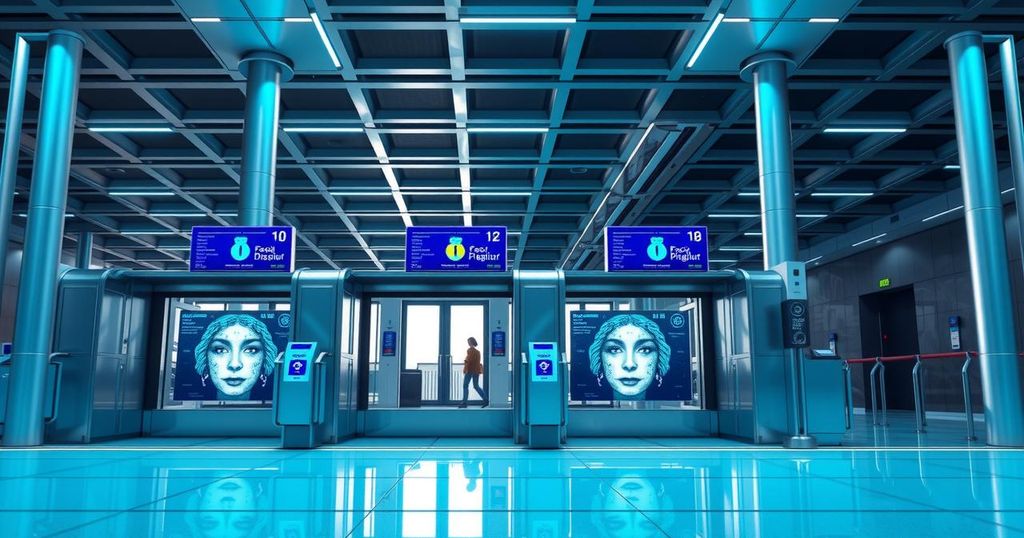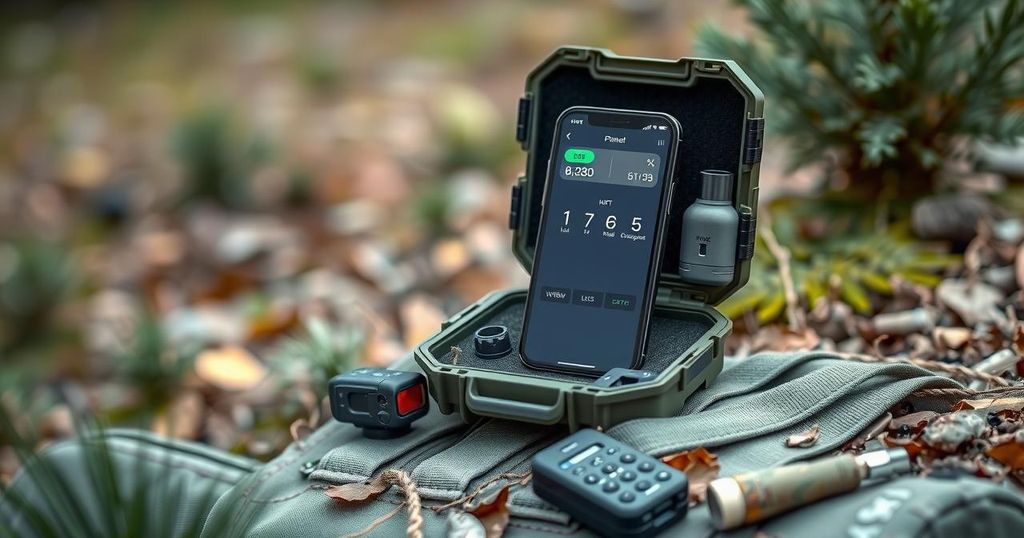The TSA PreCheck® Touchless ID uses facial recognition for quick ID verification at selected airports, making travel easier for enrolled passengers at participating airlines like Delta and United. Travelers must opt-in, maintain updated profiles, and still carry physical IDs as backups. Privacy is prioritized, with data deleted post-verification.
The Transportation Security Administration (TSA) has unveiled its new TSA PreCheck® Touchless ID service, leveraging facial recognition for quicker identity verification at security checkpoints. This technology aims to streamline the travel process for enrolled passengers. By simply showing their faces, travelers can enjoy a more efficient experience in designated lanes, making their time in the airport smoother. Currently, it’s available at selected airports for those with TSA PreCheck status who opt-in during check-in with participating airlines.
Many major airlines are participating in this initiative. Notables like Delta Air Lines and United Airlines allow travelers to use this feature at multiple airports, including major hubs like Atlanta (ATL) and Los Angeles (LAX). Alaska Airlines also has locations where this technology can be used. For travelers to take advantage, they need to update their airline profiles to include a Known Traveler Number and valid passport details.
So, what’s the process? It’s pretty simple. Travelers need to opt-in during the check-in phase for their flight. Once that’s done, they should check their mobile boarding pass to confirm the TSA PreCheck Touchless ID indicator is displayed before heading to security. However, one should still carry a physical ID as a backup, since TSA officers may ask to see it when necessary.
This new feature has some clear advantages. For one, without needing to shuffle through papers or IDs, it significantly speeds up the process. It also promises to enhance privacy and security; images and data are promptly deleted after verification, ensuring personal information remains protected. “Your photo and personal data are deleted after your identity is verified,” TSA officials noted, reinforcing their commitment to passenger privacy.
Questions arise, as they do in many new tech rollouts. For instance, do you still need to bring a physical ID? Yes, absolutely. TSA requires all passengers to have an acceptable form of identification at the ready. Also, while TSA is committing to protecting travelers’ data, there’s attention on how they handle potential inaccuracies in recognition technology. TSA officials say they are constantly evaluating and improving the biometric systems to ensure accuracy and fairness for all travelers.
In terms of making air travel safer, the biometric verification system aims to enhance the identity verification process. Instead of solely relying on manual checks, the technology should elevate security performance overall. However, officials are quick to clarify that this tech isn’t for profiling or enforcement purposes, but rather for speeding up the airport experience.
With all this said, passengers may wonder what happens if their biometrics can’t be matched on the spot. TSA has a standard procedure to resolve such situations, ensuring travelers aren’t left in limbo. With current updates reflecting an increasing reliance on technology in travel, TSA is also adapting these innovations in response to COVID-19. Some checkpoints allow travelers to handle their IDs, minimizing contact levels.
TSA continues to emphasize that privacy and security are paramount as it rolls out its facial recognition systems. Each aspect of the technology deployment is scrutinized for its effectiveness and ethical implications. As travelers adjust to this new normal, keeping updated profiles might just make airport navigation a bit more manageable.
In summary, the TSA PreCheck® Touchless ID program offers a modernized travel experience through facial recognition tech at select airports. By streamlining identification and enhancing privacy measures, the TSA hopes to make travel more efficient and secure for enrolled passengers. However, understanding how to opt-in and the requirement of having a physical ID remains crucial for travelers. In a world increasingly reliant on digital solutions, ensuring safety and privacy will be key as this technology expands.
Original Source: www.tsa.gov







